The average household can lose up to 20,000 gallons of water each year from leaks. This considerable waste of water and money reduces a home’s efficiency. While many leaks are noticeable and common, such as those in kitchens and bathrooms, others can go undetected for long periods of time. Keeping a lookout for leaking units is crucial in avoiding costly damages — water can wreak havoc to a home’s structure. With a few basic tools in hand, most leaks can be rather straightforward to fix.
1. Water Heater Leak
Water heaters are known to be powerhouses in durability. Even the best ones, however, aren’t immune to leaking. While a leak doesn’t warrant replacing the entire unit, you may need to address the situation immediately to avoid the issue from escalating. Try identifying the source of the leak; there’s a chance it may not be coming from the water heater at all. If none of the water heater’s components are wet, check nearby sources of water. Should the water heater be the source, finding out the cause of the problem will allow you to take the appropriate course of action.
How to Fix It
Shut off the water as well as the power supply before doing anything else. For the water supply, it’s the shutoff valve on the inlet pipe. As for the power, it depends on whether your unit is electric or gas. In the case of electric water heaters, simply switch the breaker off. If you have a gas unit, turn off the valve on the gas pipe that goes to the tank.
Next, you’ll need to determine the root of the issue. Examine the input and output pipes, valves, pressure, and the bottom of the tank. The culprit is most likely a loose-fitting such as a pipe or a valve, in which case simply tighten it with a wrench. Another component to check is the pressure release valve; if the water pressure or temperature is too high, the valve will leak. In the latter case, consider turning down the temperature to 120 degrees Fahrenheit (or from high to medium in certain units) — water heaters are usually preset to 140 degrees Fahrenheit by the manufacturer.
If the temperature is not the issue, it could be excessive pressure from the supply pipe. In this case, contact the municipality to have the pressure reduced. Another source of leakage might be the drain valve, in which case replacing it immediately is crucial. Although this is typically a plumber’s job, handy homeowners can tackle it as well and up to $100 in the process. To replace the valve, you will need to drain the tank first. Connect a garden hose to the drain valve and run the other end to a shower or floor drain. Open the valve with a flathead screwdriver to drain the water through the hose. Once the tank is empty, disconnect the drain valve with an adjustable wrench. Consider taking the component with you to your local hardware shop to find an identical one. Connect the replacement to the drain valve hole, rotating it clockwise until it is tight.
If the bottom of the tank is leaking, you might have to replace the tank. This can be prevented by draining your unit once a year. But in this case, it might be too late as the sediments have already rusted their way through the bottom. At this point, it would be best to call a plumber to have your water heater replaced. You can expect to pay over $1,500 on average for a replacement.
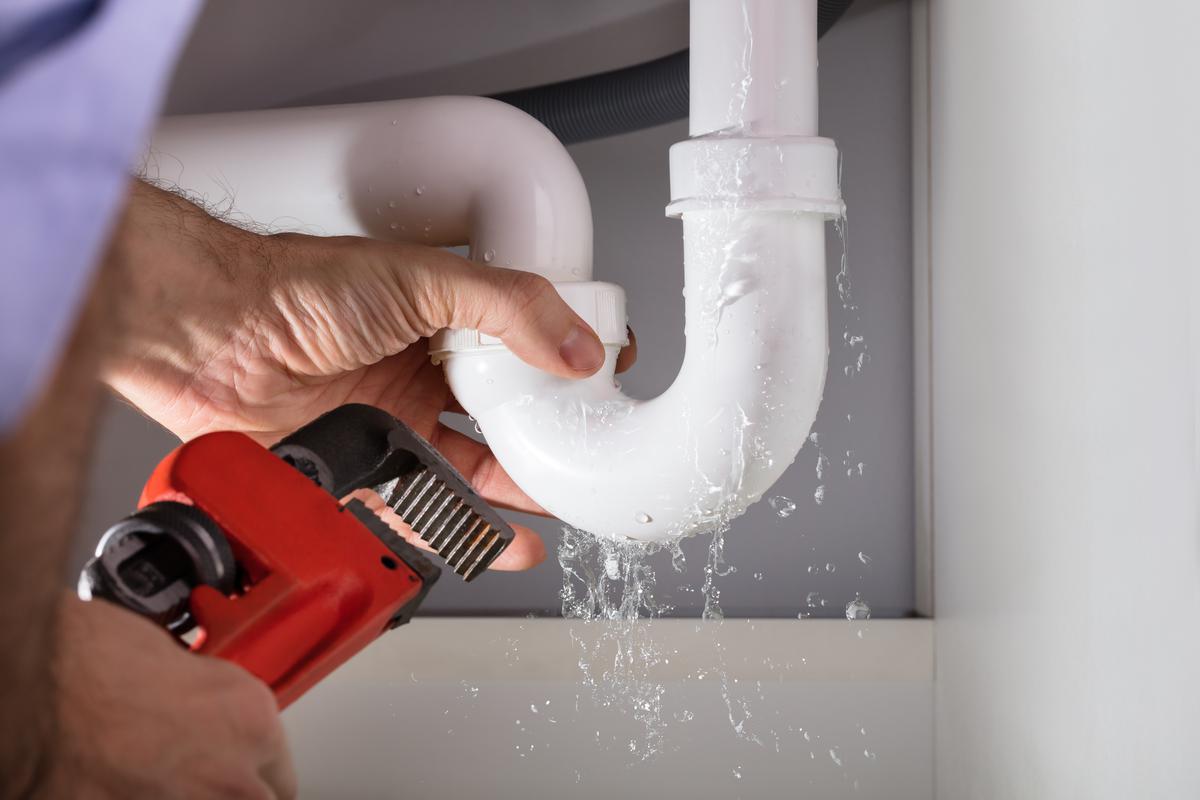
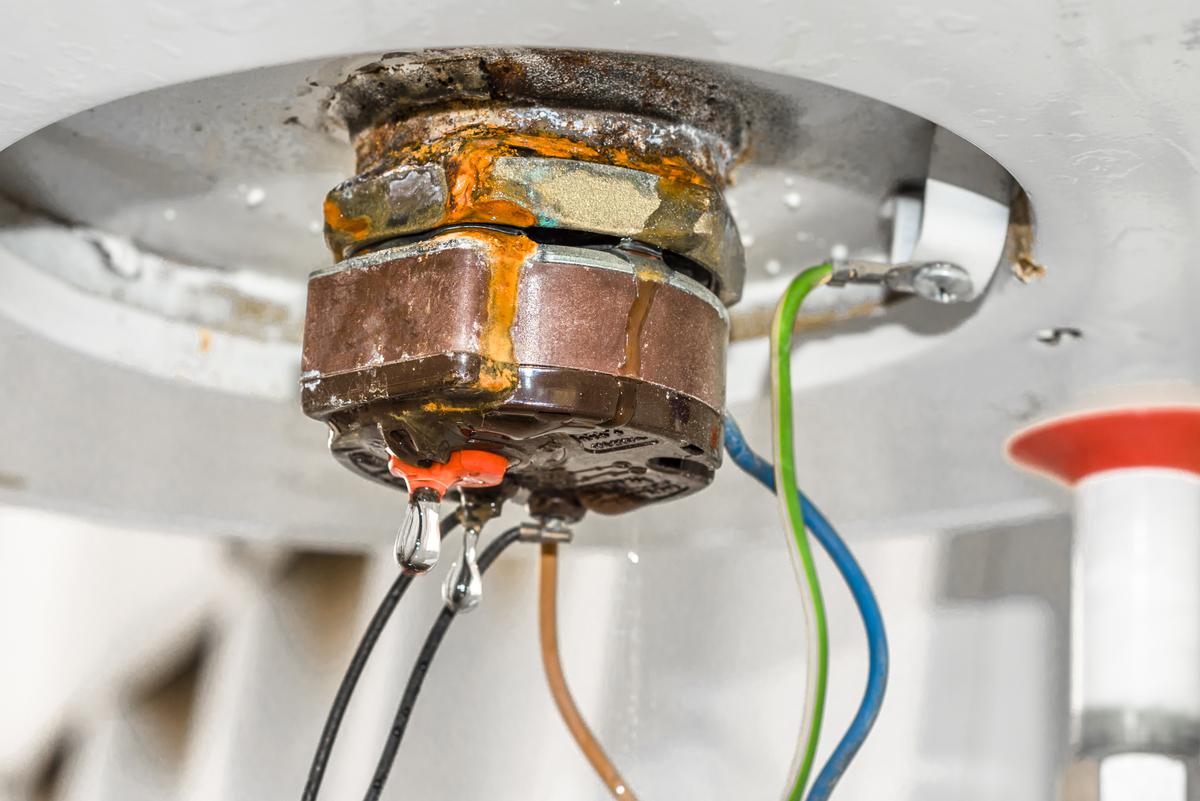
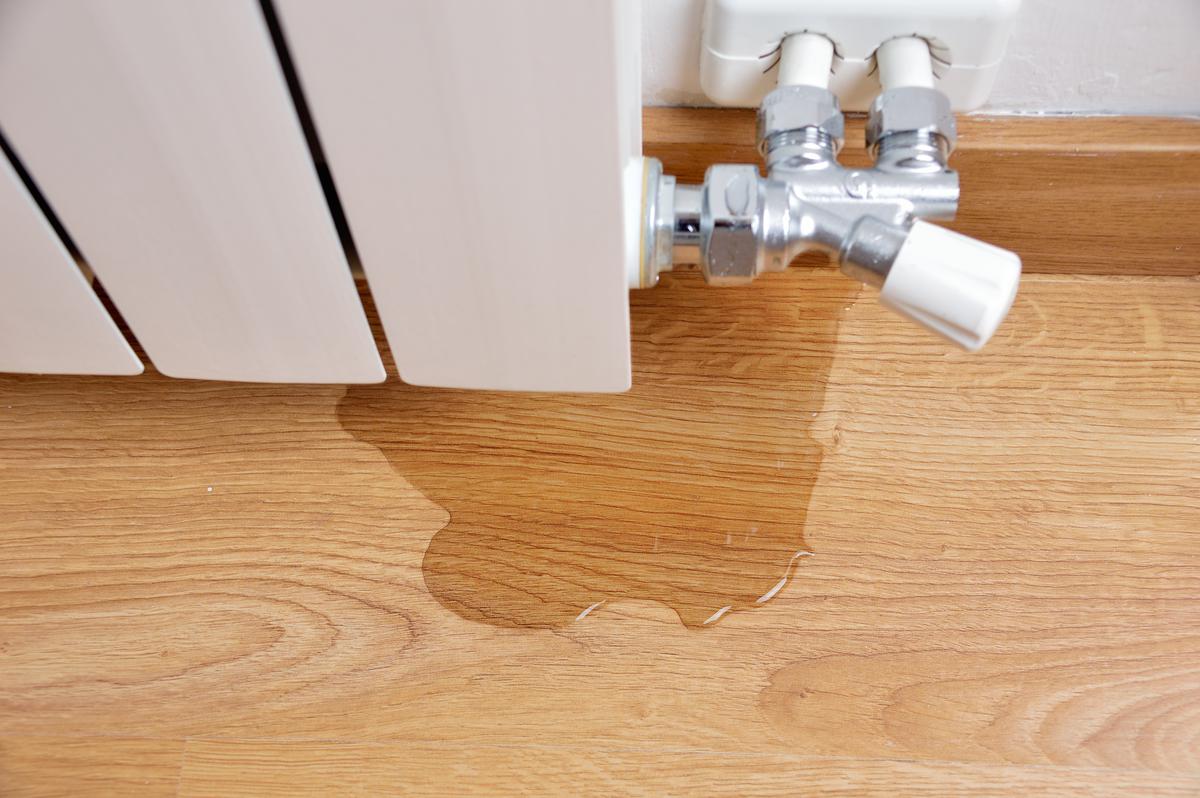
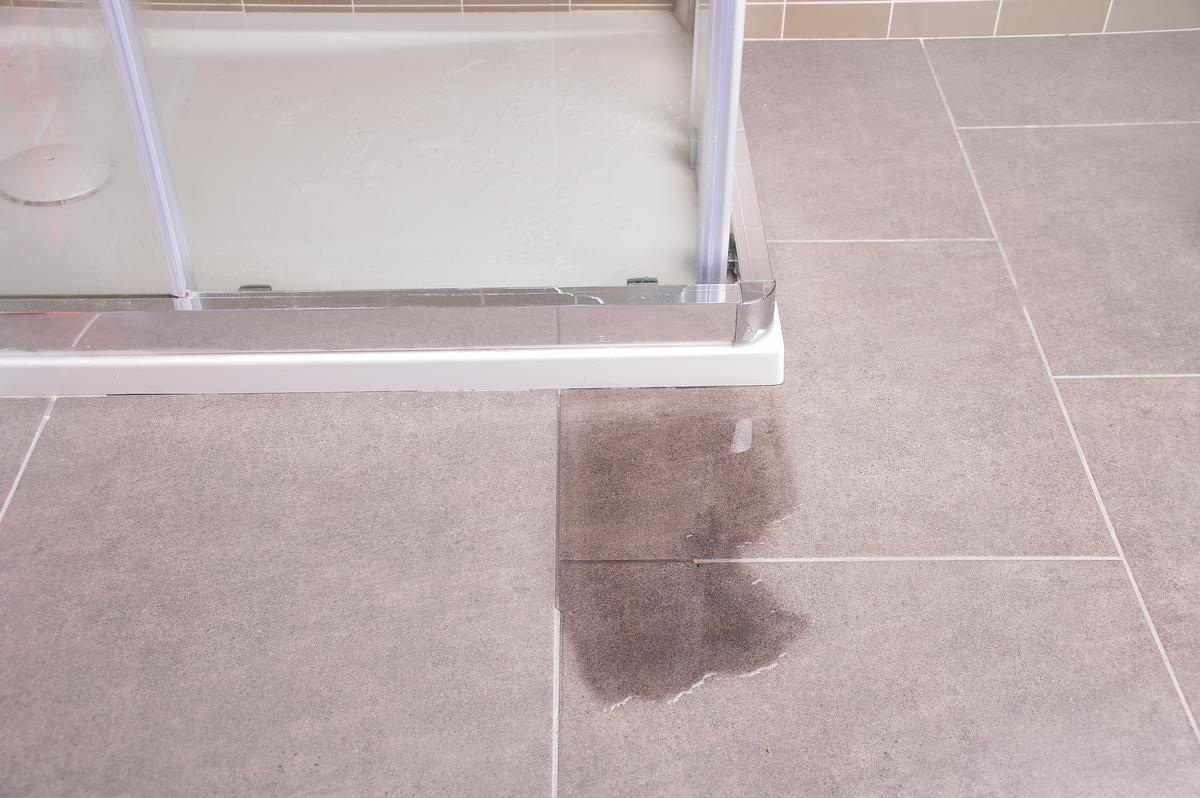
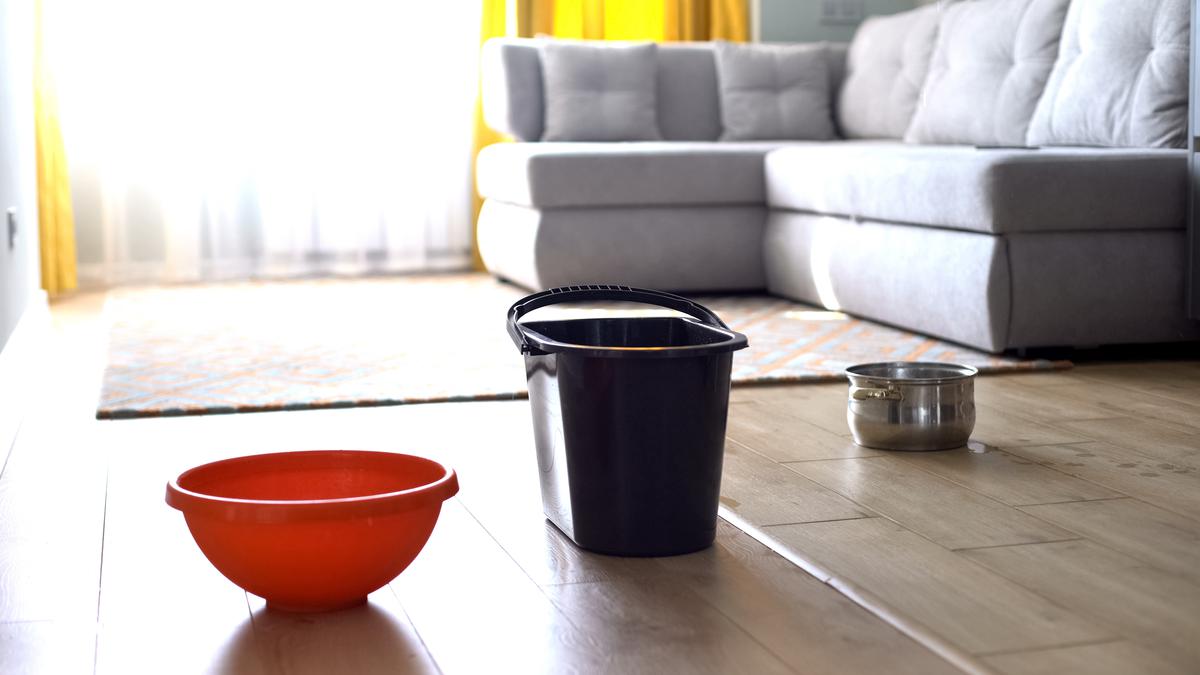
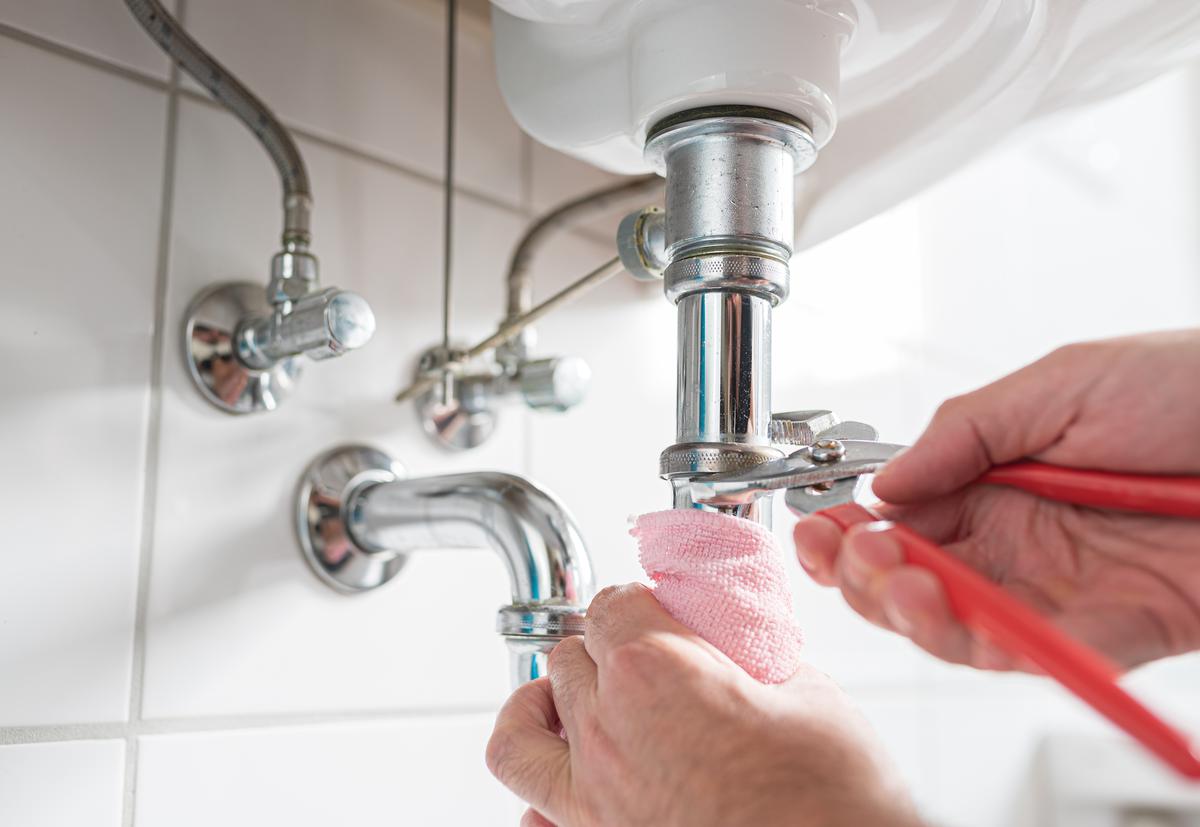
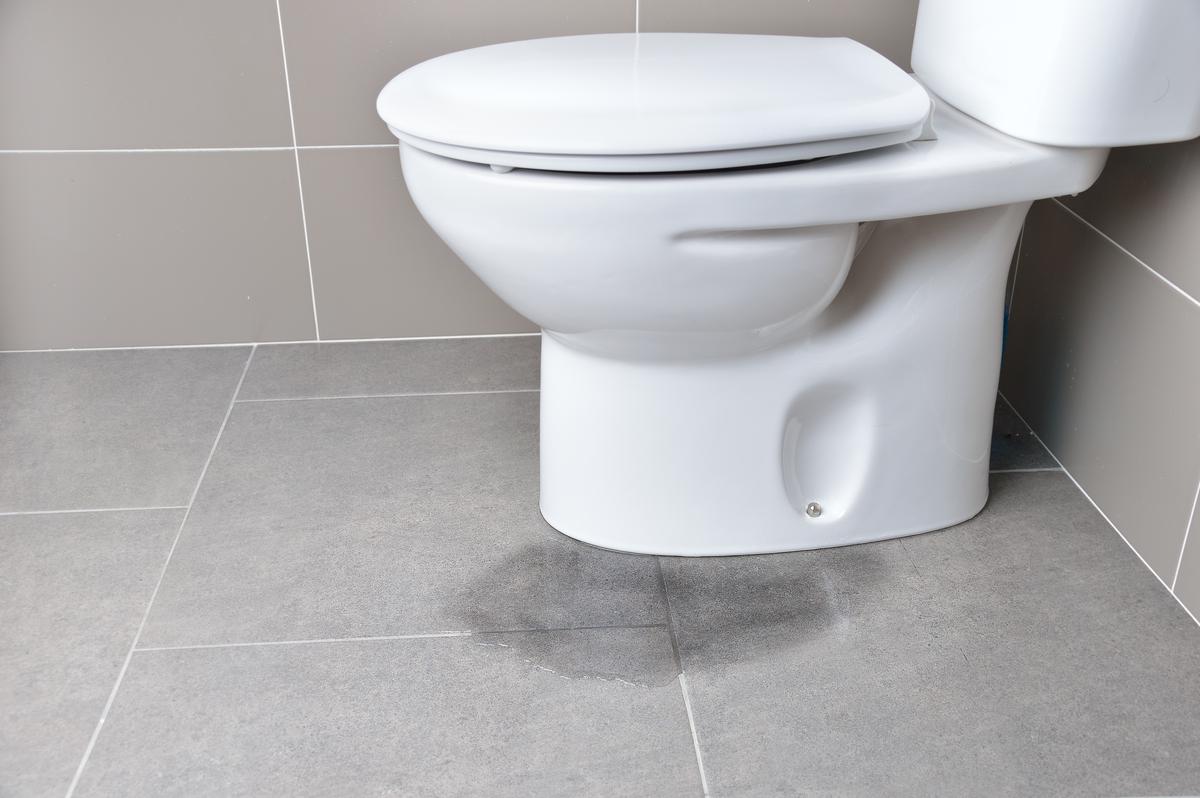

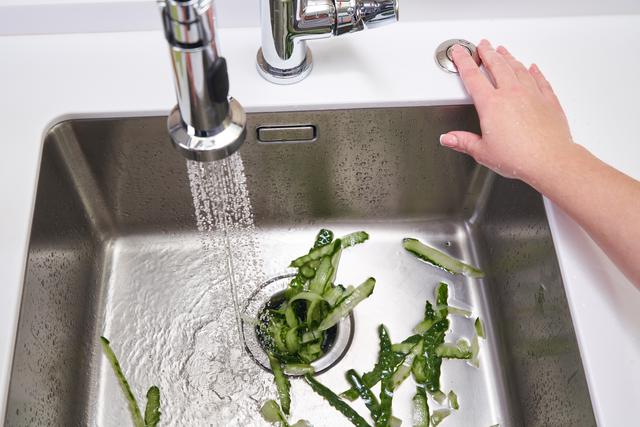
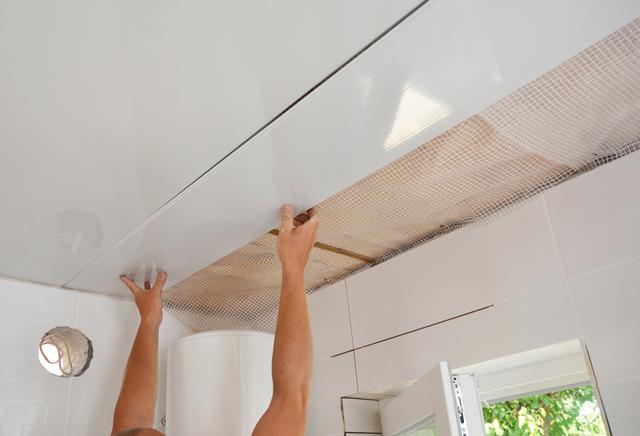
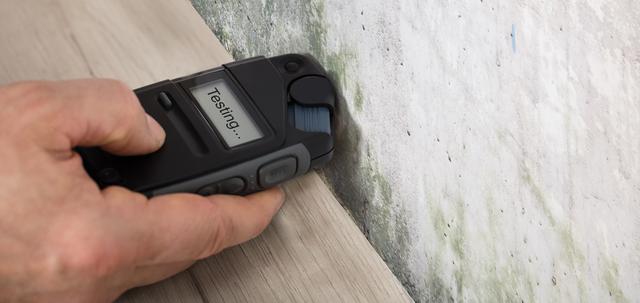
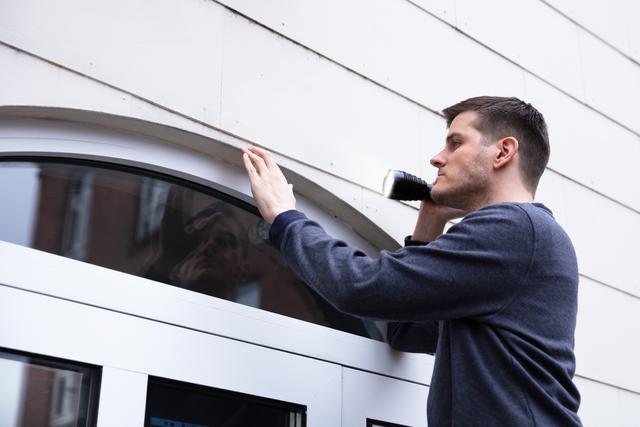
comments